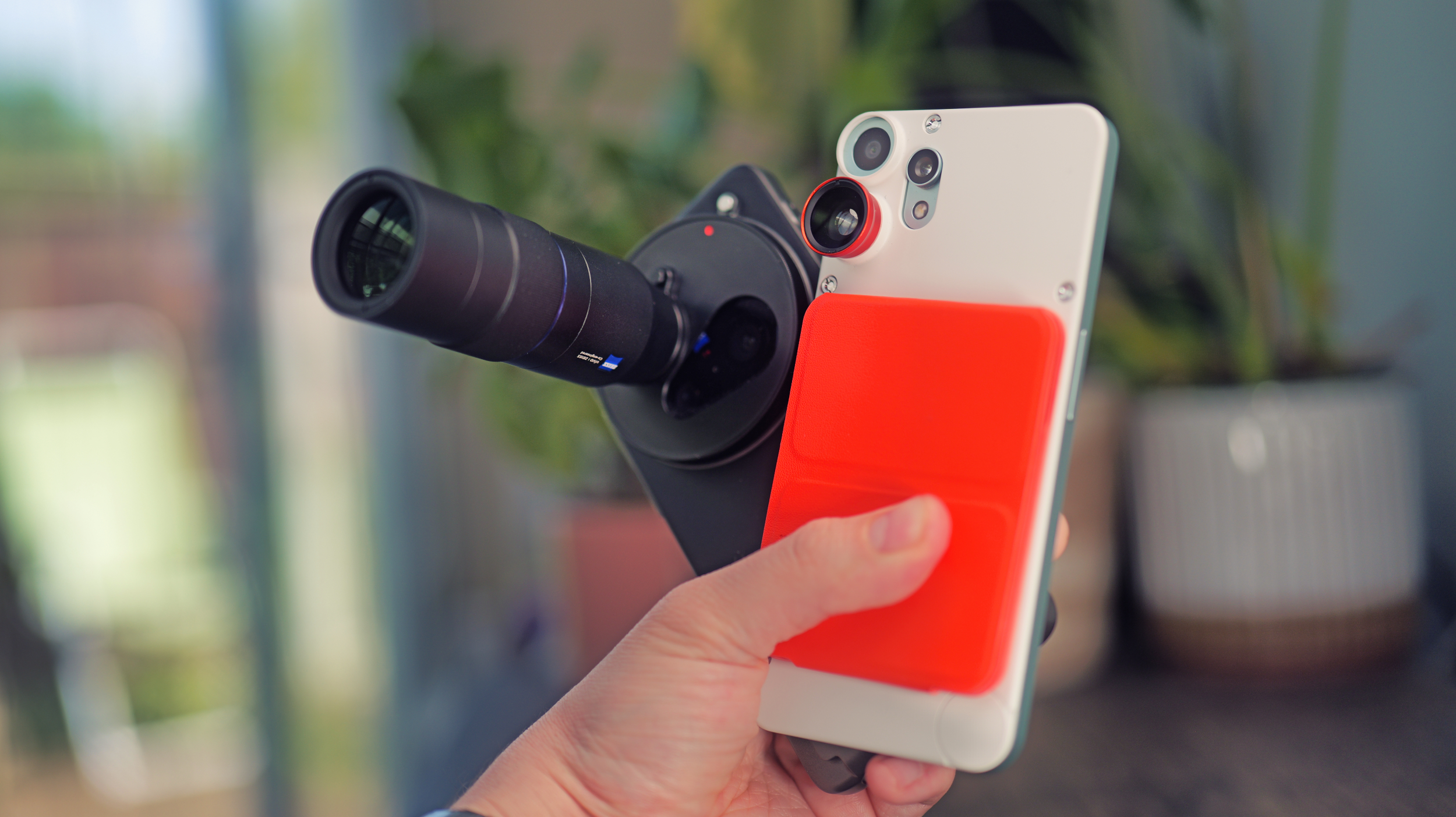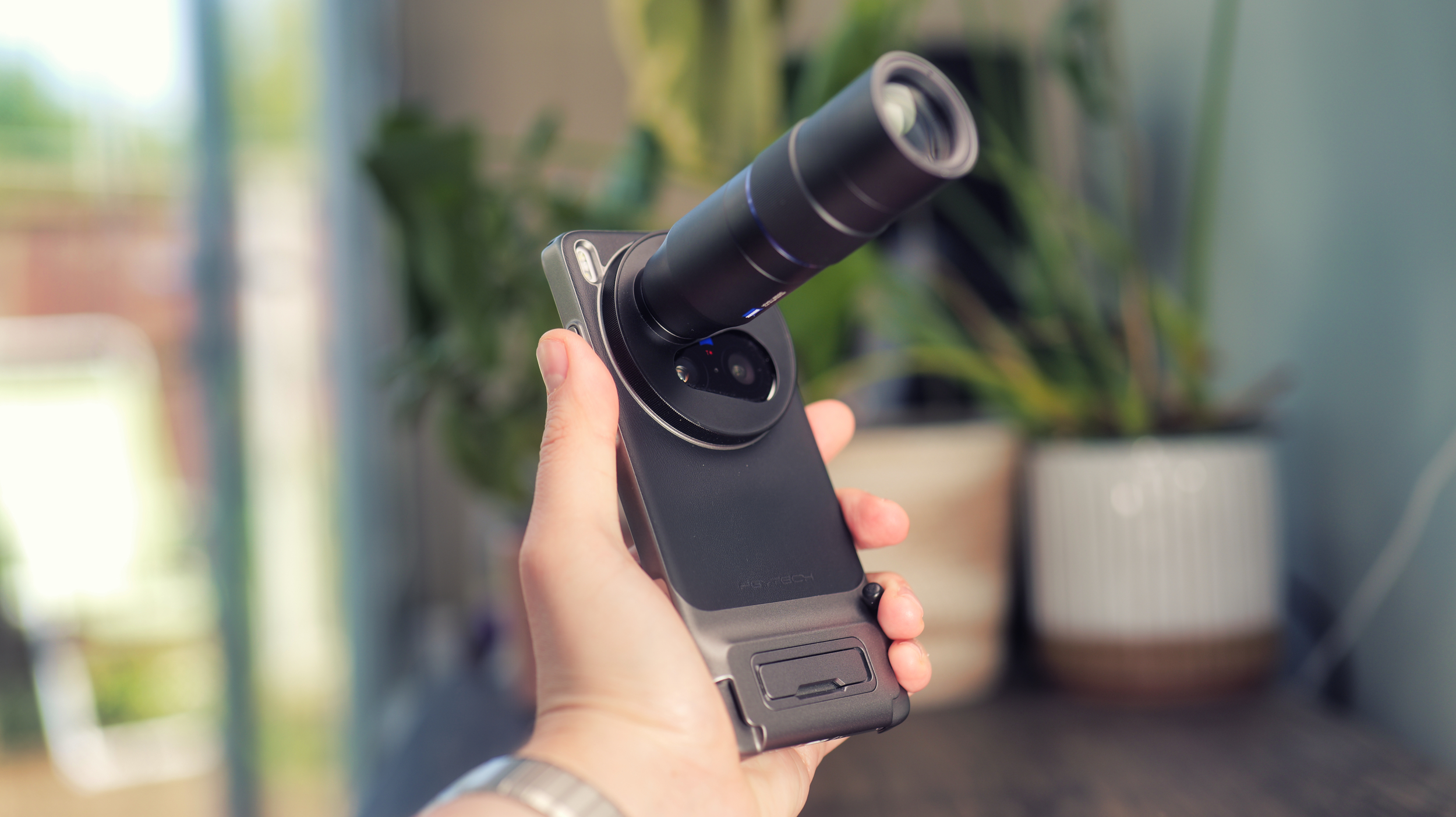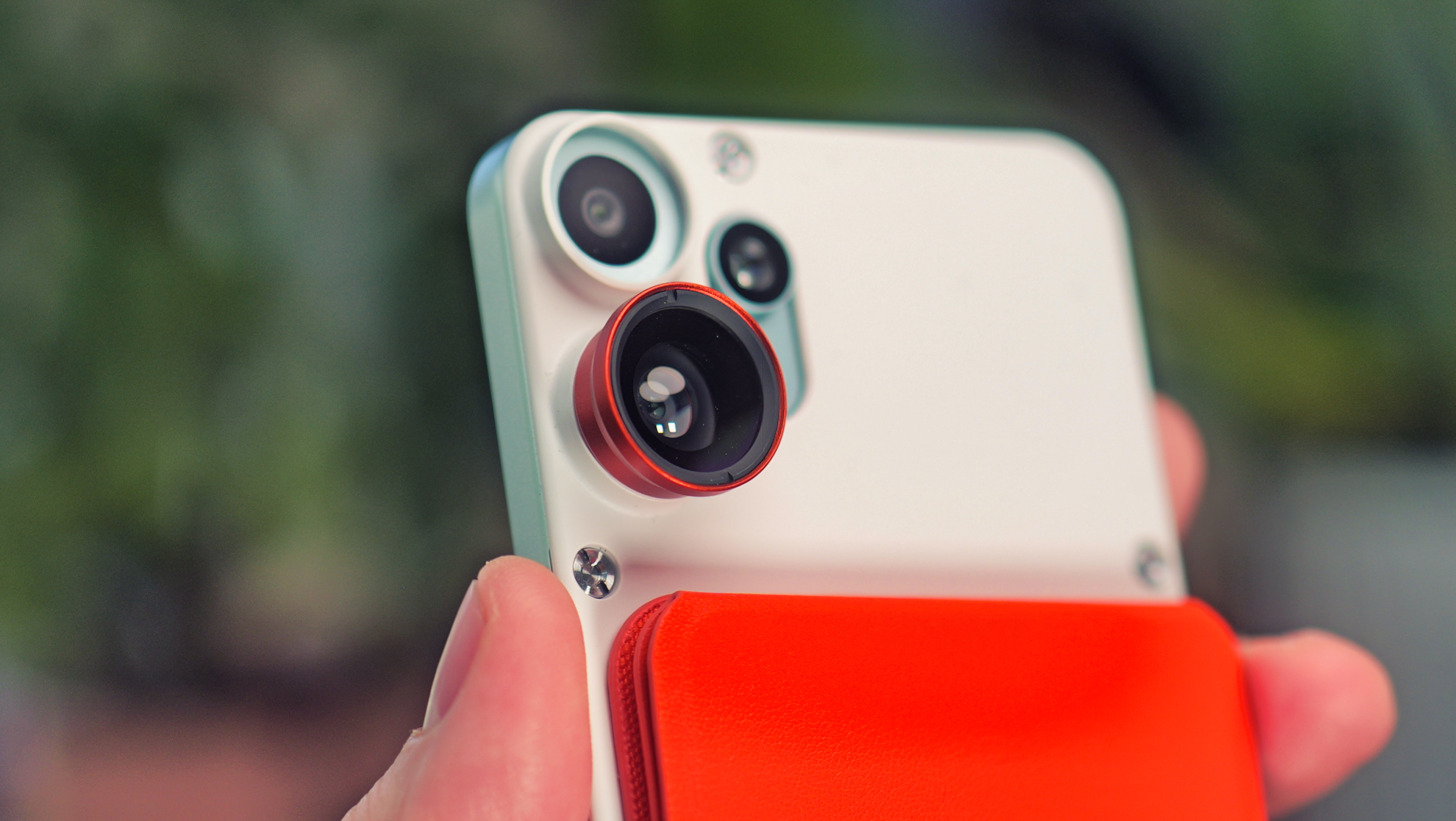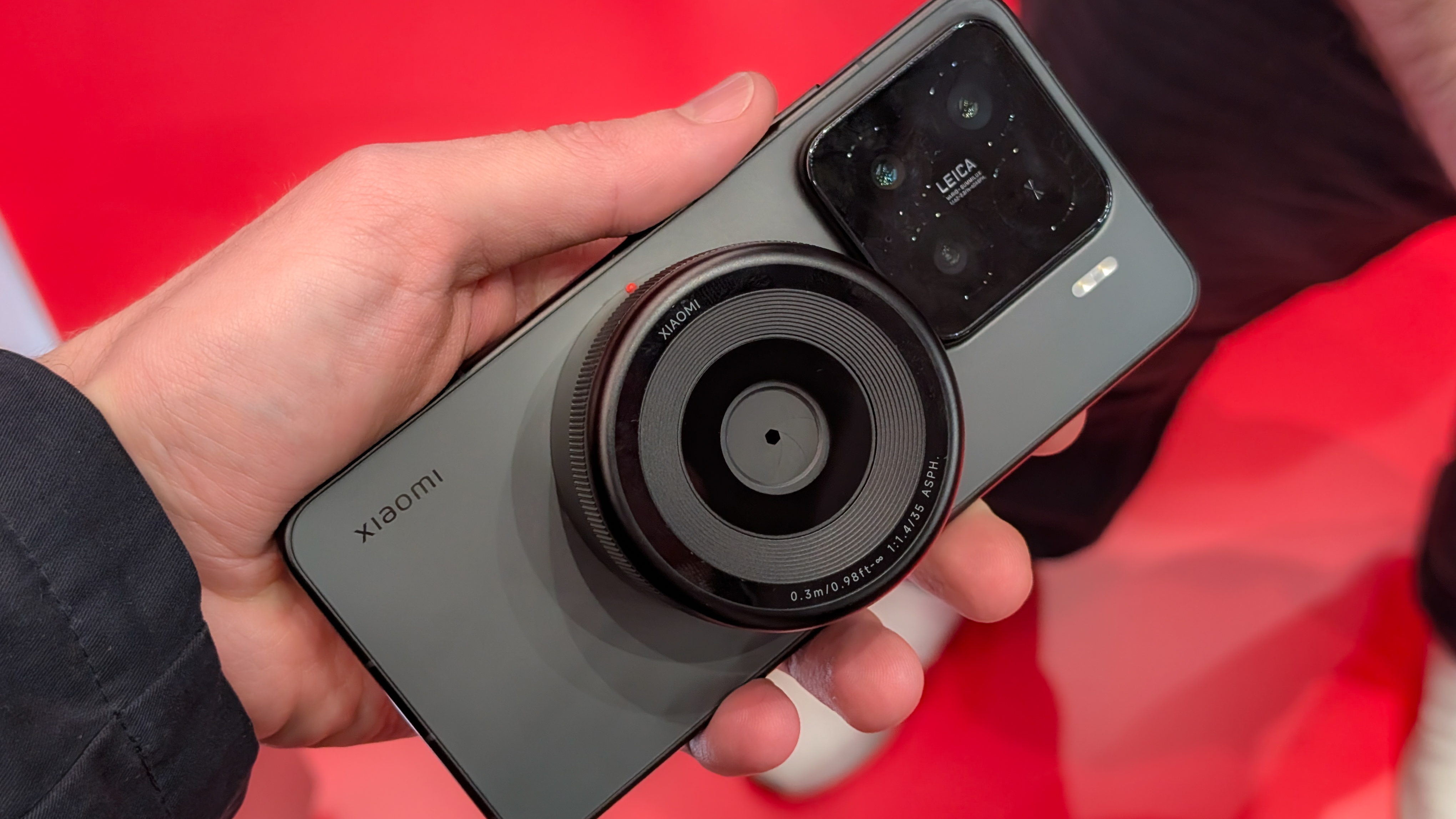Are detachable lenses the next evolution in camera phones?
The future is looking modular, and I'm all for it

Recently, I've noticed a pattern emerging. The last two phones that I reviewed (the CMF Phone 2 Pro and Vivo X200 Ultra) both came supplied with external lens attachments. Plus, at MWC this year, both Xiaomi and Realme showcased concept phones with external lenses. So, all signs point towards more detachable lenses arriving in the future.
I was a little surprised by this development. Detachable lenses are nothing new, I used to carry around a clip-on wide-angle adapter in the years before ultrawide smartphone cameras became the norm. But now, with triple and even quadruple rear lenses found on flagship phones, you'd think detachable lenses would go extinct.
That said, there's another trend with camera-focused phones, and that's ever-increasing sensor sizes. I think most people will agree that having larger sensors in our phones is a good thing, but of course, the larger the sensor, the larger the optics need to be.
It's a bit of a cat-and-mouse game. Customers want the best possible image quality, but they still want a phone that fits in their pocket. Manufacturers have been testing the boundaries of how big a camera bump can be, and with the Vivo X200 Ultra in particular, I think we might be nearing the limit of acceptability.
So, how do smartphone cameras continue to evolve without getting any thicker? Well, one solution is detachable lenses.
Manufacturers still need to find a balance here, phone cameras are all about convenience, and having to attach a lens every time you shoot runs contrary to that goal. However, these recent designs have tackled that with finesse.
The current crop
Out of the devices that have launched so far, I think Vivo's implementation is the nicest. The camera system feels complete on its own without any attachments, but adding the optional teleconverter lens suddenly makes it much more appropriate for wildlife, stage shows and possibly even sports photography.
The best camera deals, reviews, product advice, and unmissable photography news, direct to your inbox!
The same could be said for Xiaomi's concept phone from MWC, but of course, you can't actually buy that one. It has the full camera system from the Xiaomi 15, so you can happily use it without an attachment, but when you want that extra fidelity, you can magnetically attach a Micro Four-Thirds sensor and lens combo - pretty clever stuff.
On the other end of the spectrum, there's the CMF Phone 2 Pro - a budget phone that costs less than the X200 Ultra's optional teleconverter attachment. As you might expect, this phone doesn't pack ultra-large sensors, but it still has lens adapters available.
With the CMF Phone 2 Pro, it seems the goal is more to do with fun and novelty than outright image fidelity. The optional fisheye attachment doesn't hold up to much scrutiny, but it's a cool distorted perspective, and for some users, that's more than enough. The macro attachment is a little more practical, but we've seen flagships achieve similar results without an external lens - so in this case, it may just be a more cost-effective method to capture macro shots.
What comes next?
We recently saw a patent from Samsung that suggests the brand is working on an interchangeable lens phone, and Realme showed an early concept device at MWC that worked with Leica M-mount manual lenses. With all the hype surrounding Vivo's latest launch, I wouldn't be surprised to see other brands looking to get in on the action, too.
These lenses will almost certainly divide opinion. Some people seem to be vehemently against carrying extra bits that attach to their phone, but for me, it makes perfect sense.
I don't know if a phone will ever rival my full-frame setup, but for my needs, phones have already replaced compact cameras. I used to take my Lumix GX9 when I wanted something lightweight to travel with, but now that my phone is almost as good, it just sits gathering dust.
It's just hard to justify carrying an extra device, lenses, batteries and all the other associated bits, when my phone is already in my pocket. Now, so long as the results are worthwhile, an extra lens or two for the phone makes more sense to me. The X200 Ultra's teleconverter has already proven to be worth the hassle, and that has me very excited about what's yet to come.
Only time will tell what interchangeable lens options hit the market, but it's easy to imagine the possibilities: Whether it's longer optical zooms, larger sensors or something new entirely. It seems like camera phones are about to get weirder and more modular, and I think that's a very good thing.
You might also like...
- Looking for the best camera phones? Then check out our guide for all the top picks
- If you are looking for the best phone for less, then our guide to the best budget camera phones will steer you in the right direction.

Luke is a freelance tech journalist who has been working in consumer electronics for over a decade. His specialties include cameras, drones, computing, VR, and smartphones. Previously Features Editor at Pocket-lint, Luke can now be found contributing reviews and features to a variety of tech publications, as well as running a YouTube channel called Neon Airship in his spare time.
You must confirm your public display name before commenting
Please logout and then login again, you will then be prompted to enter your display name.



